Isis has built a global brand using Nutella
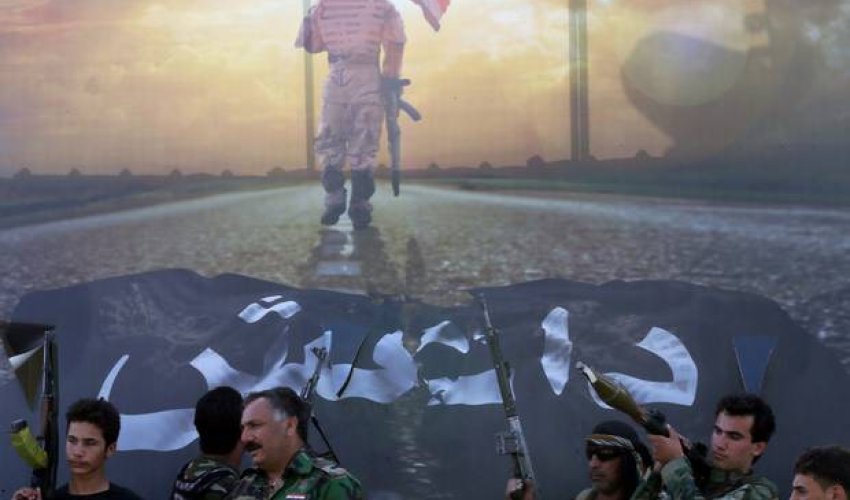
Isis has built a global brand to rival Western corporations using tools like social media, product placement and targeting advertising.
By using celebrity warriors like ‘Jihadi John’ and disseminating pictures of fighters with familiar products like Nutella and pizza, Isis has proven adept at attracting young men and women to its cause.
Its success on social media has helped its public profile far eclipse al-Qaeda’s since 2014. Compare, for example, the videos of Osama bin Laden in his bunker with the comprehensive social media campaigns and high quality videos of Isis.
Still Isis must tread a fine line between raising its public profile to recruit and fundraise while maintaining its underground status. Here are some of the ways it tries to achieve that.
1. Celebrity
Isis did not invent ‘Jihadi John’ – the Western media did. But, sensing his appeal, Isis adopted the nickname Jihadi John for Mohammed Emwazi and used him as the poster boy for brutality and extremism. "Isis play him like a piano, a celebrity to attract our Muslim brothers in Europe,” one ex-Isis militant told the BBC.
2. Product placement
Last summer, Isis supporters in occupied areas of Syria and Iraq started to appear on social media with jars of Nutella in what became a meme. Some commentators think these photos are supposed to soften the image of Isis abroad and convince would be recruits that they will still have access to luxuries if they join.
3. High quality media
Isis built its own high tech media centre Al-Hayat, known for producing torture videos such as the video depicting the beheading of James Foley. It also produces Dabiq, a glossy propaganda magazine. All online content is then uploaded to anonymous text hosting services and disseminated on social media by supporters.
4. Social media
Isis’s mastery of social media continues despite the increasing willingness of Twitter and Facebook to take down offensive content. Takedowns can result in a mushroom effect where the content is reposted by multiple accounts to make sure it stays online. By the end of last year, some 45,000 social media accounts were being used to spread messages about Isis, including the improbable @ISILcats, which shows jihadists posing with cats. Some estimates put the total number of social media messages posted about Isis at well over 90,000 a day.
5. Belonging
Brands are built on a sense of belonging to a community in which you are valued. When the Canadian Andre Poulin migrated to Syria and converted to Islam last year, he explained his reasons in a YouTube video. "We need the engineers, we need doctors, we need professionals. Every person can contribute something to the Islamic State,” he said. The video was later used as propaganda.
6. Know your audience
One British girl told BBC Newsnight she had been targeted by a religious militant on Facebook when she was a teenager. He told her she was beautiful and that she would end up in hell if she did not obey him. "It was glamorous in the sense it was like 'oh wow, I can get someone who practises the same religion as me, who's not necessarily from my ethnicity and that's exciting',” the girl said.
(independent.co.uk)
ANN.Az
Similar news
Similar news
Latest news 
More news 

























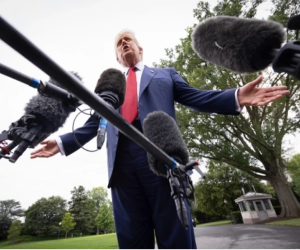


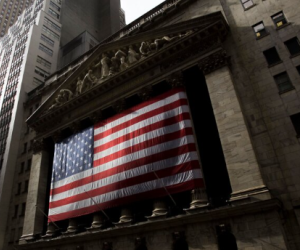
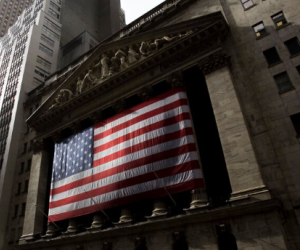


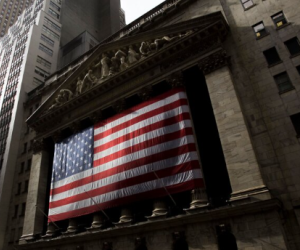


 Photo
Photo 



 Video
Video 

